Unsun Karuta
Unsun Karuta うんすんかるた Japan c.1780.
うんすんかるた
These cards have retained much of their original appearance to Portuguese “dragon cards” but over time local influences and traditions have localised the designs. The first copies of western-style playing cards were made in Japan during the Tenshou Era (1573~1591) and became known as Tenshou Karuta. Subsequently, in the Edo period, they were developed further into Unsun Karuta. While Tenshou Karuta had 48 cards, Unsun Karuta has 75 cards and more complicated rules. As Unsun Karuta gained popularity, the gambling potential of the game caused it to be banned. Believed to have entirely disappeared, it survived in the Hitoyoshi region in Kumamoto.
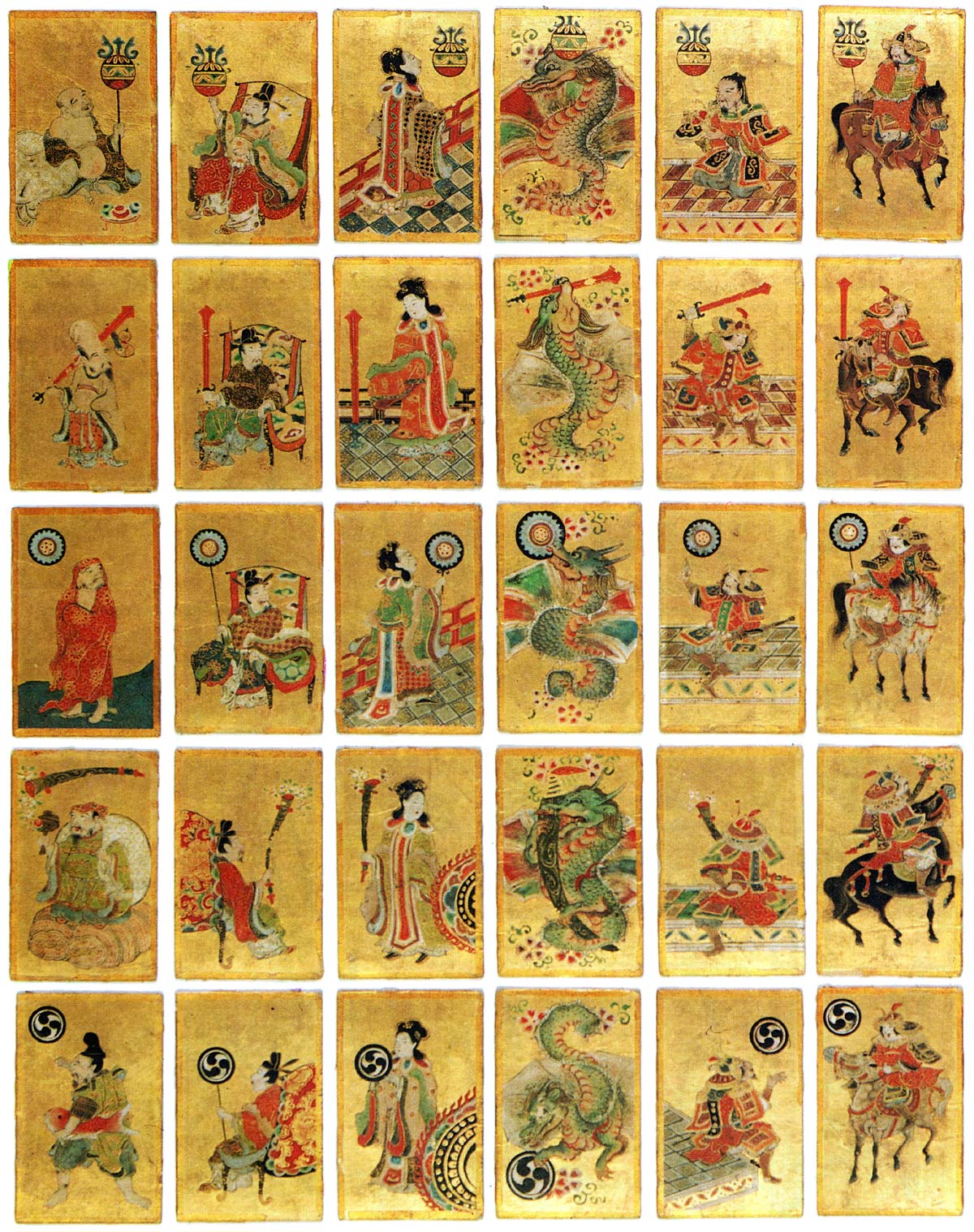
Above: 30 cards from an 18th century hand-painted Unsun Karuta pack. The complete pack has 5 suits of 15 cards: Cups, Swords, Coins, Batons and Tomoe or Drums. Each suit has six court cards: Un (a god of good luck or, in one instance, Daruma, a Zen Buddhist); Sum (an enthroned Chinese official); Sota (a maid); Robai (a dragon which has been transferred from the Portuguese aces to the Japanese court); Kiri or Koshi (King or other enthroned person), and Uma (Cavalier or simply a horse). There are also numerals 9-1, the aces being represented simply by a single suit symbol without a dragon.
Whilst the “dragon cards” have been preserved in the deck along with an extended court, there are also aces with single suit symbols. Thus numerals 1-9, plus five court cards + dragon card in each of FIVE suits = 75 cards.
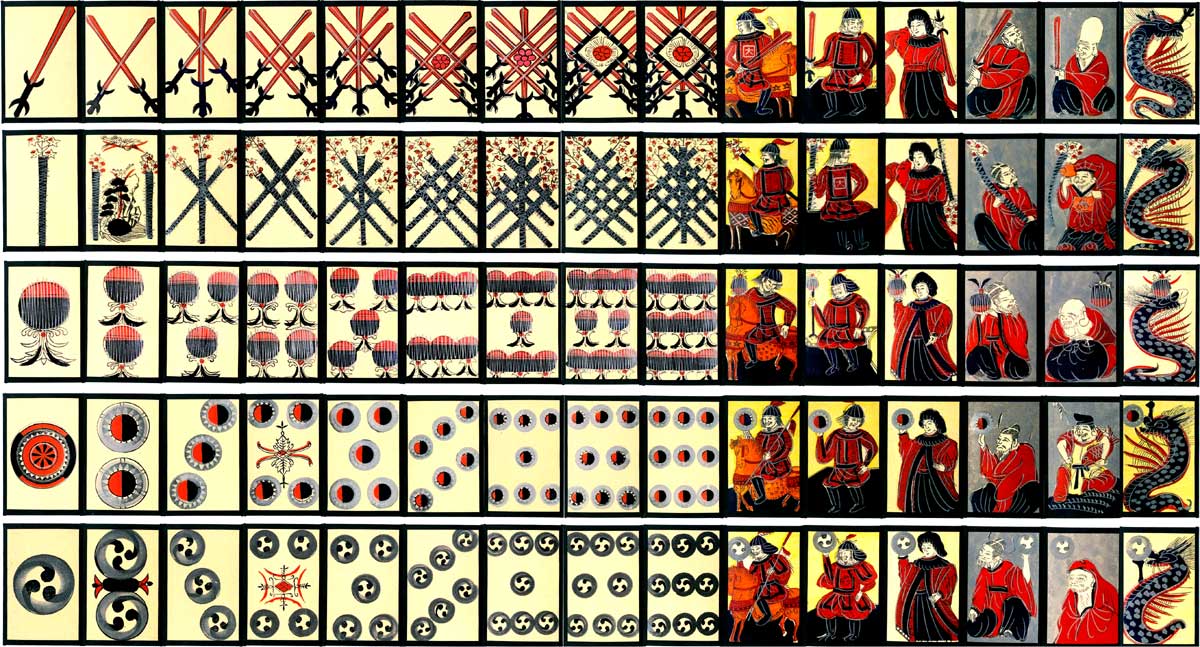
A typical way of playing involves 8 players divided into 2 groups of 4 people who alternately perform trick-taking.
Further References (with thanks to Alex Concutelli for extra research)
Hitoyoshi, Kumamoto's Hidden Portuguese Card Game: Unsun Karuta►
Mann, Sylvia: All Cards on the Table, Jonas Verlag/Deutsches Spielkarten-Museum, Leinfelden-Echterdingen, 1990
Japan Playing Card Museum: Unsun Karuta►
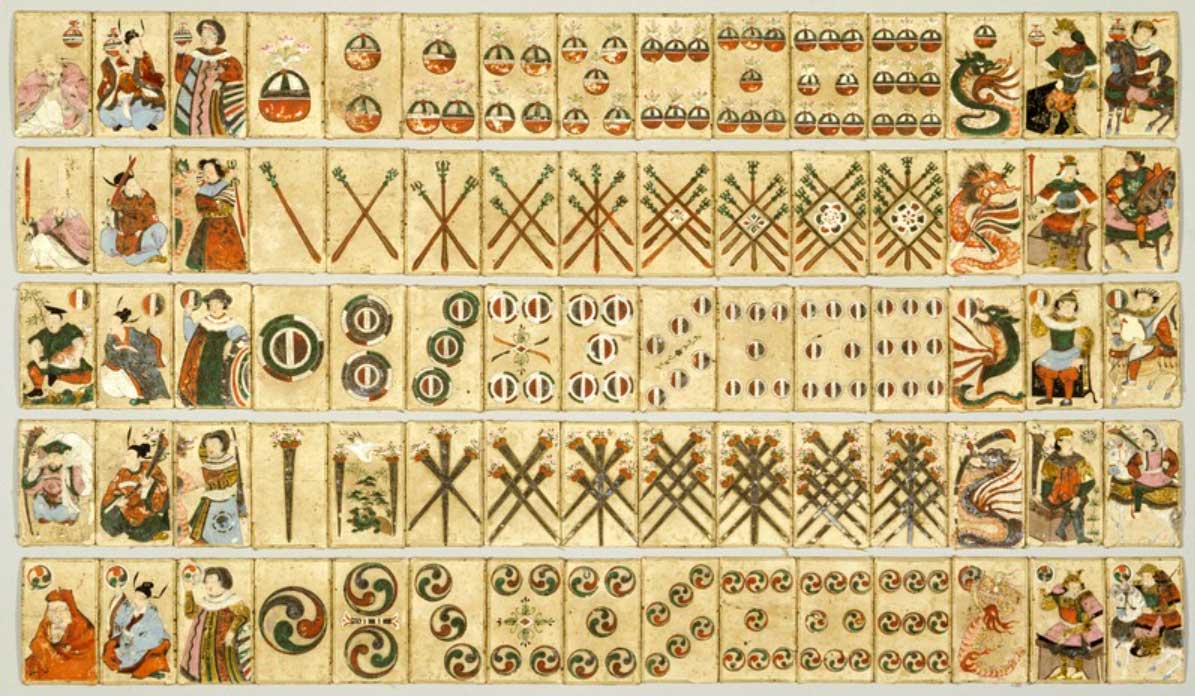
Above: Unsun Karuta, 17th century. The Portuguese were banned from visiting Japan in 1639, but it is believed that these cards were made around that time. Kyushu National Museum, Collection number A20►
See Wikipedia for more information see here and Unsun Karuta and the Portuguese influence►
A description of the rules of Unsun Karuta can be found here and here - usually the browser suggests to translate the page.
Link to Nippon Kichi: Unsun-karuta card game►
Link to Hitoyoshi tourist region, the only place where Unsun Karuta was not banned
Keizaburo Yamaguchi (1928-2012): Unsun Karuta: An Outline History of Unsun-Karuta: (Old Japanese Playing Card of Portuguese Origin), published by Tekisui Art Museum at the Yamaguchi Culture Hall, 1967. Keizaburo Yamaguchi was a Japanese art historian; here he relates how playing cards were imported into Japan in the seventeenth-century, and then explains how and where these cards were adapted by the Japanese and how a popular social movement grew up around them.
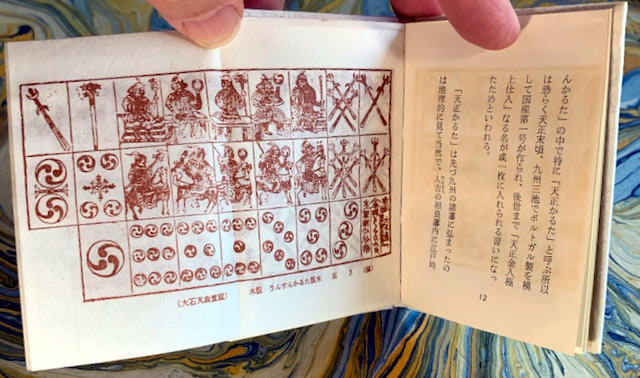
Above: image from Keizaburo Yamaguchi book.
By Simon Wintle
Spain • Member since February 01, 1996 • Contact
I am the founder of The World of Playing Cards (est. 1996), a website dedicated to the history, artistry and cultural significance of playing cards and tarot. Over the years I have researched various areas of the subject, acquired and traded collections and contributed as a committee member of the IPCS and graphics editor of The Playing-Card journal. Having lived in Chile, England, Wales, and now Spain, these experiences have shaped my work and passion for playing cards. Amongst my achievements is producing a limited-edition replica of a 17th-century English pack using woodblocks and stencils—a labour of love. Today, the World of Playing Cards is a global collaborative project, with my son Adam serving as the technical driving force behind its development. His innovative efforts have helped shape the site into the thriving hub it is today. You are warmly invited to become a contributor and share your enthusiasm.

Leave a Reply
Your Name
Just nowRelated Articles
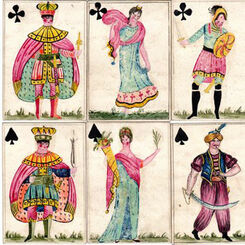
Prisoners of War
Hand-made playing cards by French prisoners of war in Porchester Castle, Hampshire, c.1796.
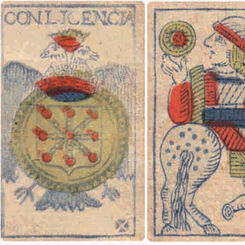
Navarra Pattern, 1793
Navarra pattern by an unknown cardmaker with initials I. I., 1793.
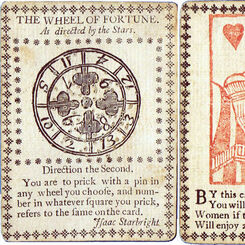
Fortune Telling playing cards
English Fortune Telling cards probably published c.1770.
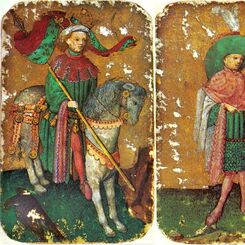
Stuttgart pack, c.1430
The luxury, hand-painted Stuttgart Cards (Stuttgarter Kartenspiel) dated c.1430, with suits of ducks...
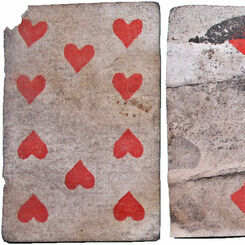
Archaeological find: old playing cards under the floorboards
The municipal archaeological service in Dordrecht (Netherlands) recently found some antique playing ...
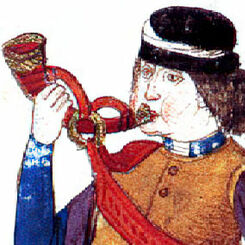
Flemish Hunting Deck
Set of medieval playing cards with King, Queen, Knave and numeral cards from one to ten in each of f...
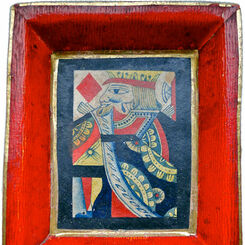
Pope Joan Trays
Some traditional Pope Joan boards comprise a circular tray, others are square, divided into sections...
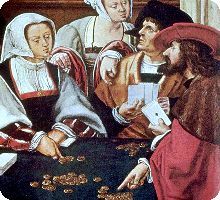
Playing Cards & Gaming
Soon after their first appearance in Europe we hear of playing cards being banned by the authorities...
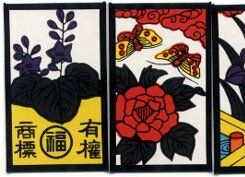
Hanafuda Flower Cards
Japanese Flower Cards (Hanafuda) made by Nintendo, Japan, 2008.
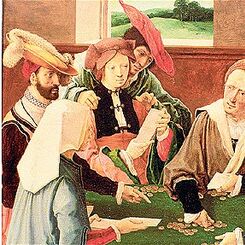
Netherlands
Playing cards have been known in the Low Countries since the 14th century
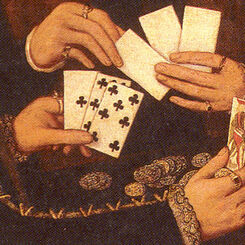
History of Blackjack
Over the years the origin of Blackjack, like many other games, has eluded researchers for a long tim...

History of Online Casinos
Online casinos appeared shortly after the internet became a more mainstream tool for the public to u...
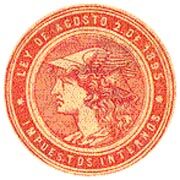
Argentina Tax Stamps on playing cards 1895-1968
Argentina Tax Stamps on playing cards 1895-1968

Hunting Depicted on Playing Cards
In the Middle Ages hunting was an integral part of life.
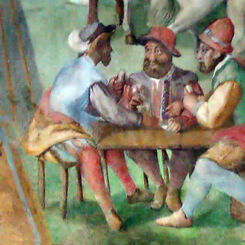
Italian Playing Cards
The first reliable evidence that playing cards were being used in Italy is from 1376, when a game ca...
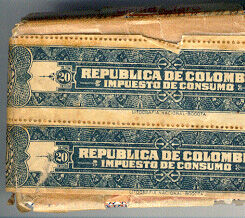
Impuesto de Timbre para Naipes
EL CONGRESO DE COLOMBIA. LEY 69 DE 1946, por la cual se elevan las tarifas de algunos impuestos indi...

History of English Playing Cards & Games
The History of English Playing Cards dates probably from the mid 15th century
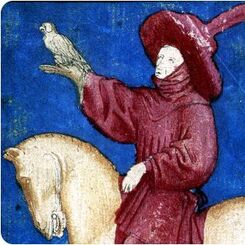
The Princely Hunting pack, c.1440
The Princely Hunting Pack, c.1440/45, is attributed to Konrad Witz and his workshop in Basle.
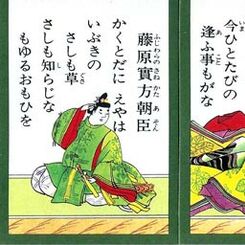
Japanese Playing Cards
Japanese playing cards include: 'Awase' or 'matching pairs' cards and Portuguese or Spanish-derived ...
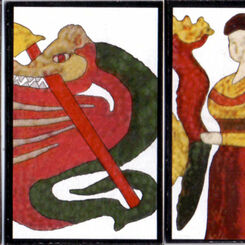
Tensho Mekuri - Japan
Tensho Mekuri cards hand-made by Patricia Kirk, 2003.
Most Popular
Our top articles from the past 60 days


 Your comment here. Your comment here. Your comment here. Your comment here. Your comment here. Your comment here. Your comment here. Your comment here. Your comment here. Your comment here. Your comment here. Your comment here. Your comment here. Your comment here. Your comment here. Your comment here. Your comment here. Your comment here. Your comment here. Your comment here. Your comment here. Your comment here. Your comment here. Your comment here. Your comment here. Your comment here. Your comment here. Your comment here. Your comment here. Your comment here. Your comment here. Your comment here.
Your comment here. Your comment here. Your comment here. Your comment here. Your comment here. Your comment here. Your comment here. Your comment here. Your comment here. Your comment here. Your comment here. Your comment here. Your comment here. Your comment here. Your comment here. Your comment here. Your comment here. Your comment here. Your comment here. Your comment here. Your comment here. Your comment here. Your comment here. Your comment here. Your comment here. Your comment here. Your comment here. Your comment here. Your comment here. Your comment here. Your comment here. Your comment here.




















